Revolutionary sites with a red history (3)
Writer: Cao Zhen | Editor: Vincent Lin | From: Shenzhen Daily | Updated: 2021-04-26
The Dongjiang Column of Guangdong People’s Guerilla Against Japanese Aggression had participated in more than 1,400 battles from 1938 to 1945.
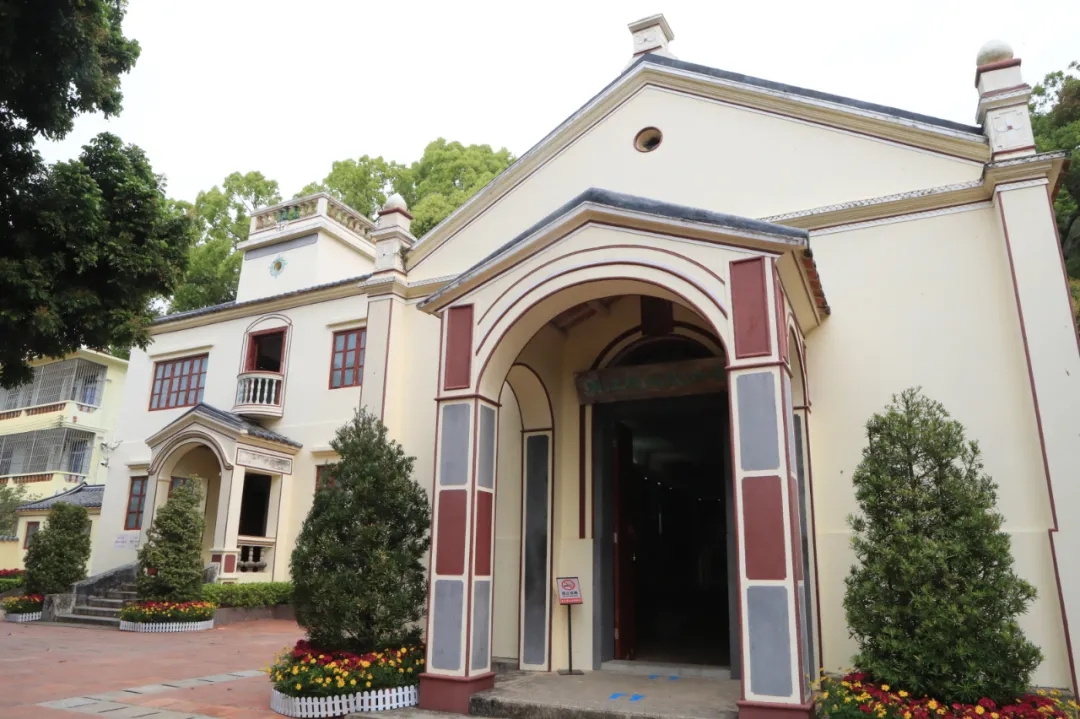
The former headquarters of the Dongjiang Column in Dapeng New Area. Photos by Sun Yuchen
After Japanese invaders landed in Daya Bay in Huiyang on Oct. 12, 1938, a batch of Communist Party of China (CPC) members were sent to Dongguan, Bao’an, Huiyang and Zengcheng to organize guerillas. In December 1938, more than 200 people had joined the guerillas formed by Zeng Sheng and Wang Zuoyao.
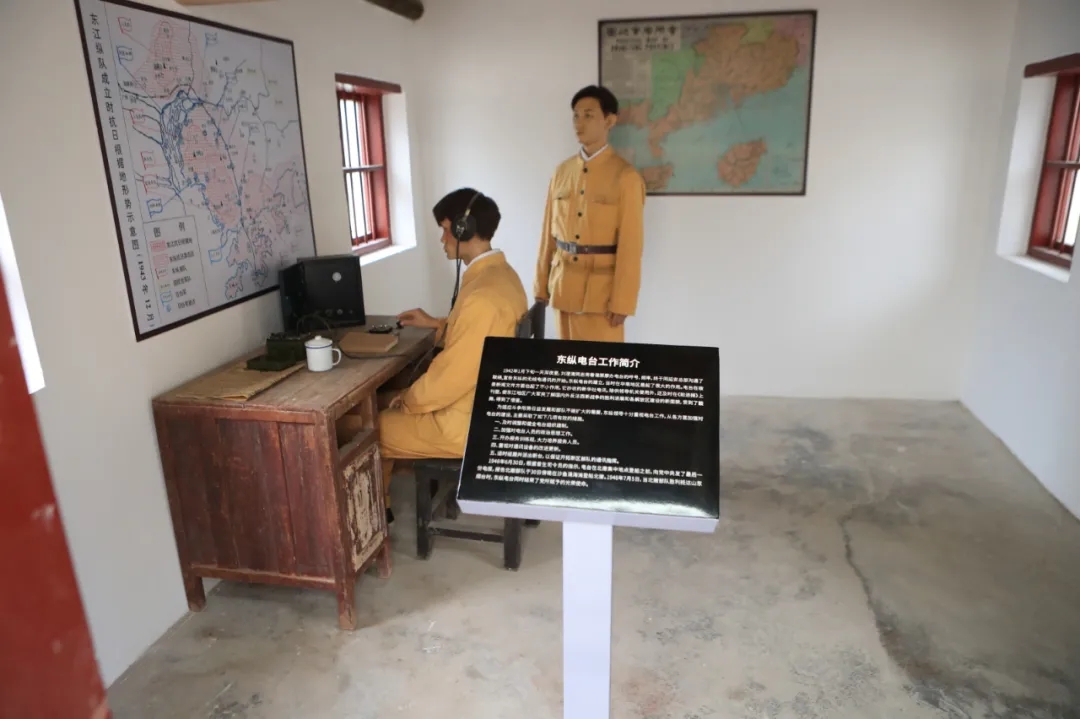
A recreation of a scene at the radio station of the former headquarters of the Dongjiang Column.
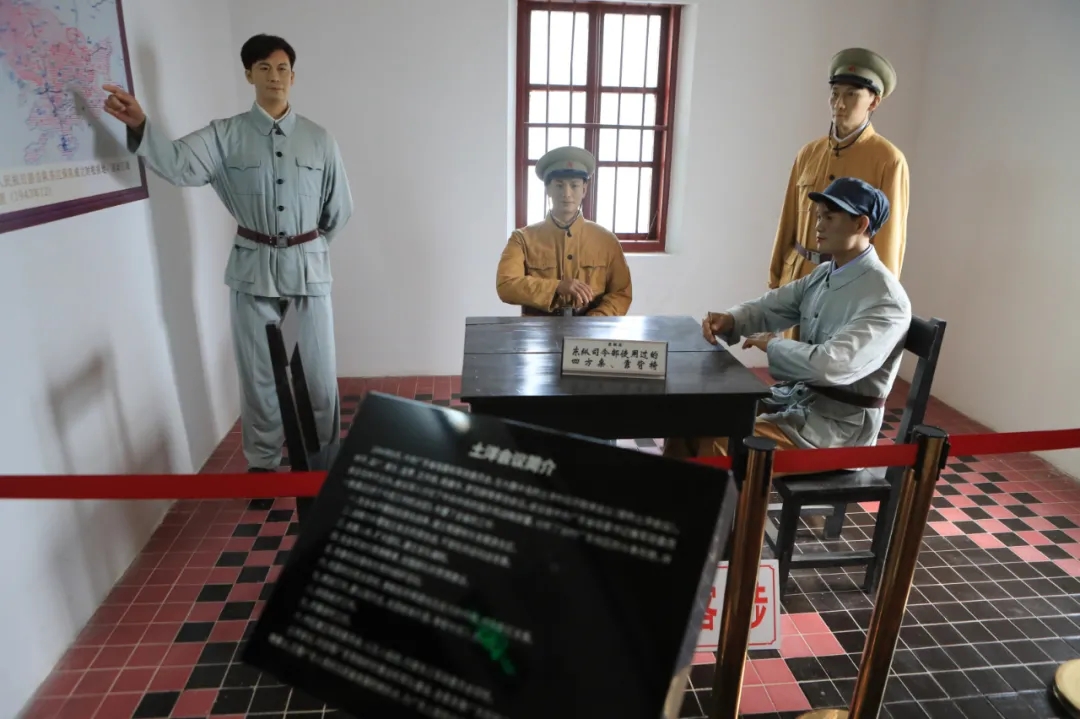
A recreation of a scene of Tuyang Meeting at the former headquarters of the Dongjiang Column. Participants at the meeting in August 1944 discussed the CPC organizations, the army and guerilla battles in Guangdong.
In spring 1942, the headquarters of Guangdong People’s Guerilla Against Japanese Aggression moved from Longhua to Kuichong’s Tuyang Village, with Zeng as commander.
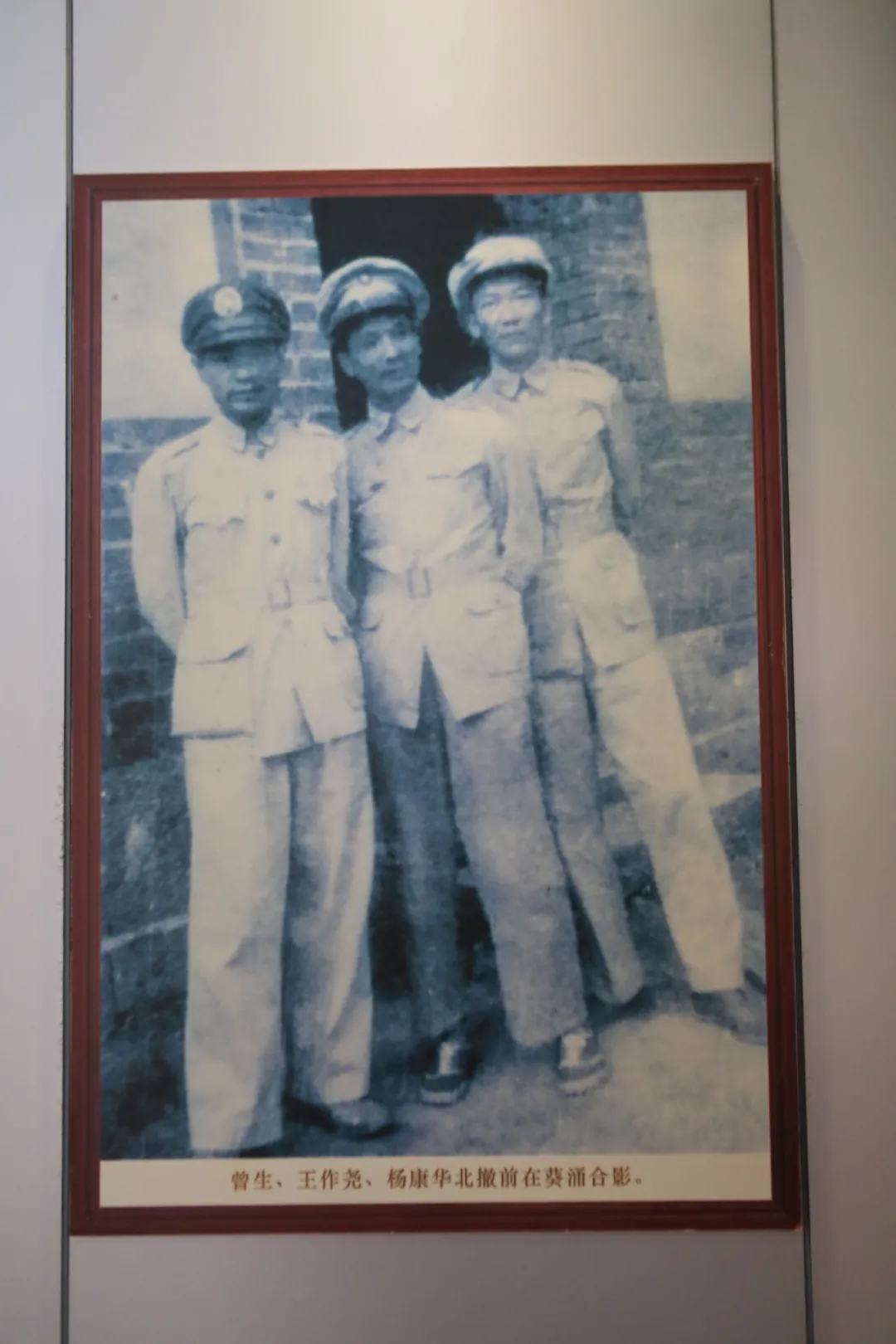
A photo of Zeng Sheng (L), Wang Zuoyao (C) and Yang Kanghua in Kuichong is on display at the former headquarters of the Dongjiang Column. Zeng was the column’s commander, Wang was deputy commander and chief of staff, and Kang was director of the column’s political department.
Today’s Tuyang Community in Dapeng New Area is a scenic spot of Hakka culture and patriotic education, including the old site of the headquarters of the Dongjiang Column, centuries-old Hakka villages, a revolution memorial hall and a coastal promenade. The headquarters building used to be a church built by Italians in 1912.
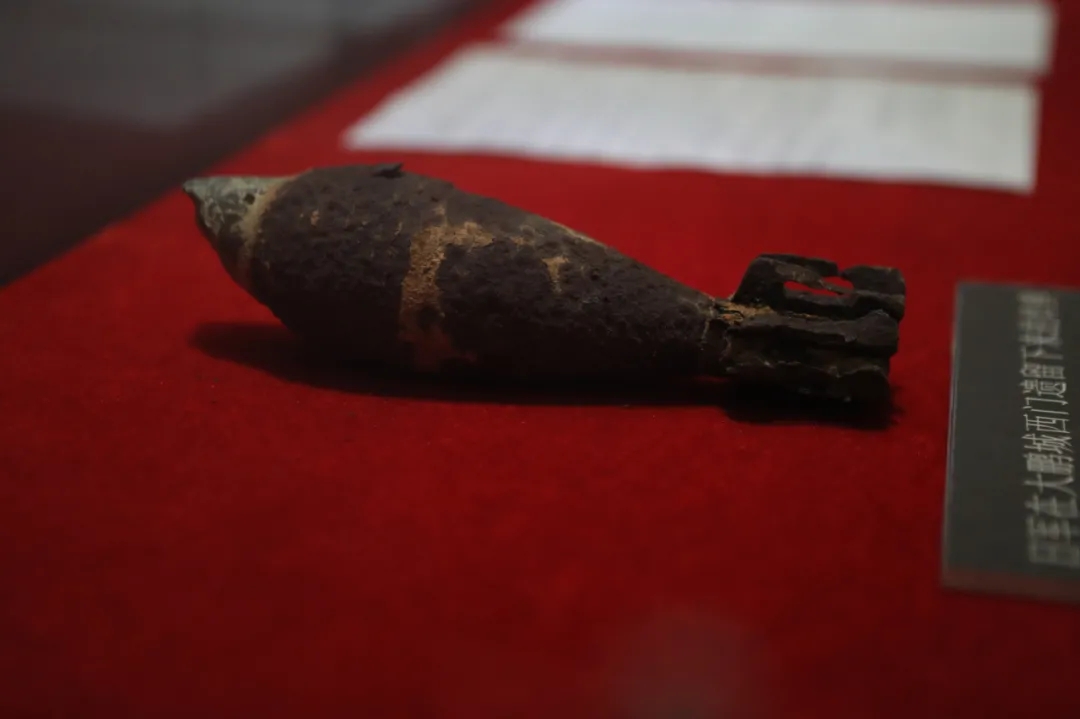
A bomb dropped by Japanese invaders in Dapeng is on display at the former headquarters of the Dongjiang Column.
Surrounded by the hustle and bustle of Dongmen in Luohu District, the rebuilt Siyue Library offers visitors a corner where they can sit back, drink tea, read books and learn calligraphy. The original building, which was torn down during an upgrade of Dongmen in 1996, used to be an ancestral hall of the Zhang family in Shuibei Village.
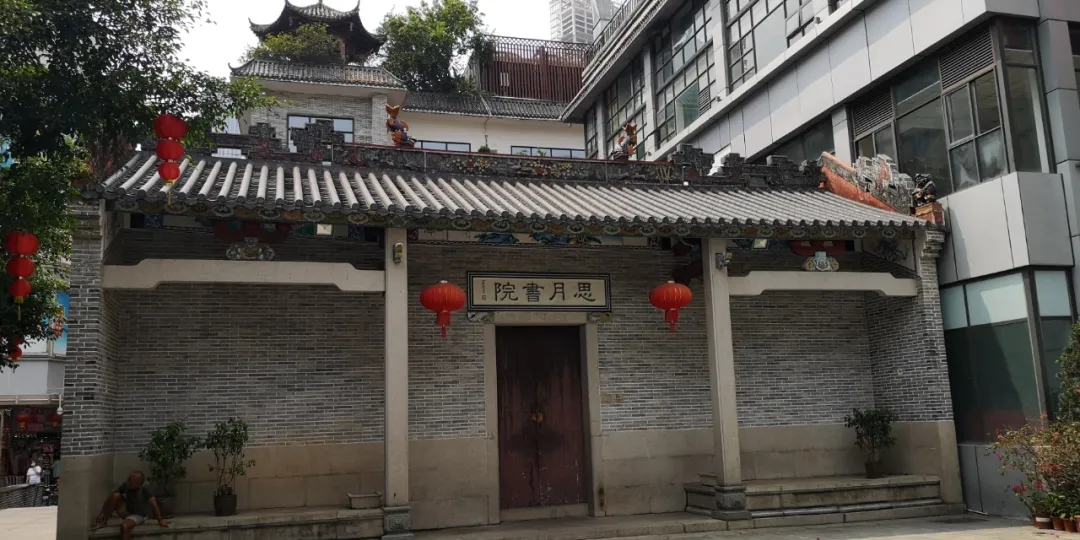
Siyue Library in Dongmen, Luohu District.
The building was later a stop for workers during the Guangzhou and Hong Kong Strike in 1925. On June 19, workers from Hong Kong arrived at Shenzhen on foot or by train and stopped at Siyue Library. Farmers and merchants in Shenzhen offered food and accommodation for the workers, who later moved to Guangzhou to continue the strike.
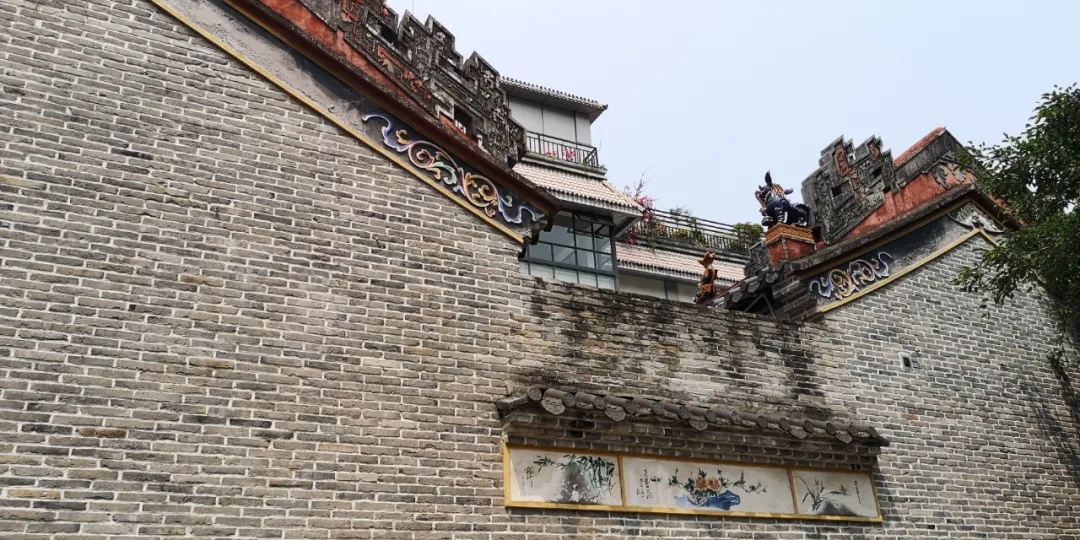
Siyue Library in Dongmen, Luohu District.